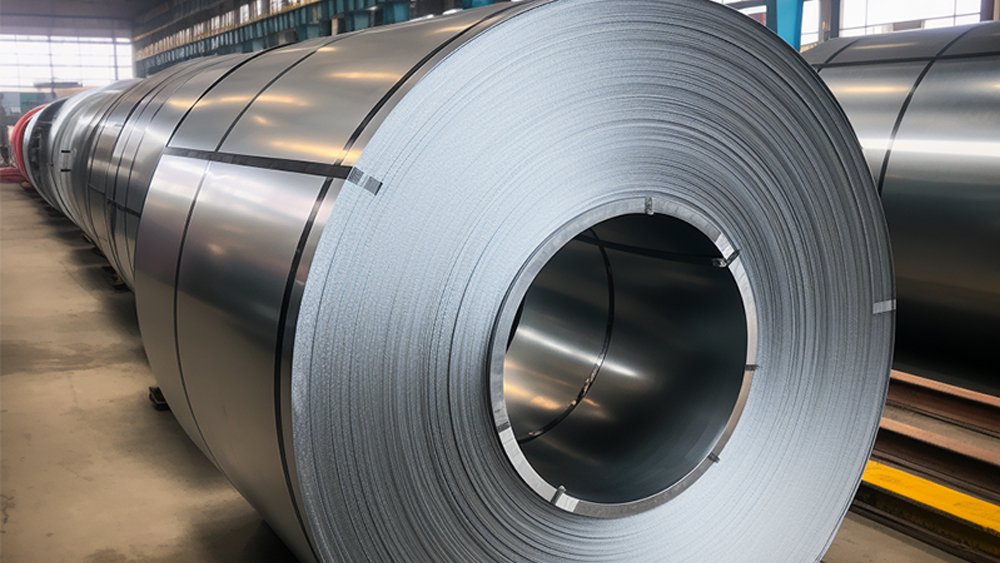How to test the oxidation resistance of galvanized steel coil?
When it comes to steel’s durability and longevity, oxidation resistance is crucial, especially for products using China hot dip galvanized coils. These coils are renowned for their protective zinc coating, which significantly enhances their corrosion resistance. However, whether your galvanized coil comes from reputable galvanized coil factories, how can you ensure they meet the necessary oxidation resistance standards?
First, it’s crucial to understand the available test methods. One of the most effective methods for evaluating the oxidation resistance of hot dip galvanized coils is the salt spray test (ASTM B117). This method exposes the steel galvanized coil to a salt spray environment, simulating the harsh conditions that can cause corrosion. By measuring the time it takes for rust to appear, you can assess the quality of the zinc coating on the galvanized steel coil.
Another method is the humidity test (ASTM D2247), which is used to evaluate the ability of a galvanized surface to withstand high humidity. This test is particularly useful for applications in coastal areas or areas with high humidity.

Additionally, a visual inspection can provide an immediate understanding of the condition of the hot dipped galvanized coil. Check for signs of flaking, discoloration, or rust, which could indicate insufficient oxidation resistance.
In short, ensuring the oxidation resistance of galvanized steel coil is crucial to maintaining its integrity and performance. By utilizing proven testing methods and sourcing from a trusted galvanized steel coil factory, you can be confident that your investment will stand the test of time. Whether you’re in construction, manufacturing, or any industry that relies on durable materials, understanding how to test and verify the quality of galvanized steel coil is key to your success.
Post time: Sep-22-2025








